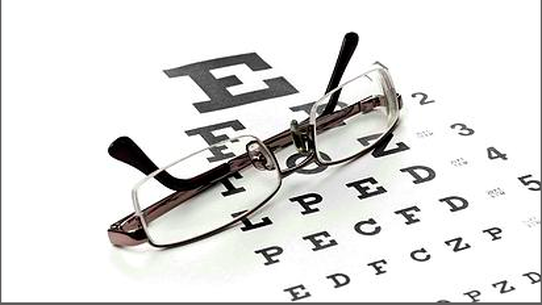
2020 On-site Optometry, along with national optometry organizations, recommends annual eye exams for adults over 40. Patients 18-40 can be seen every other year unless more frequent visits are indicated (i.e. contact lens wearers, patients with eye disease). The annual eye exam helps maintain healthy eye anatomy and excellent vision.
At your annual eye exam, the optometrist will assess your overall health and how it can impact your eyes. He will review eye health history, surgeries, family eye history, and medications. The exam will assess the integrity of the eye anatomy from front-to-back, check visual acuity and eye pressure, and screen for diseases like glaucoma and cataracts. Your doctor will prescribe glasses if necessary.
Vision is linked closely with quality of life and you only have one set of eyes. People typically have their car tuned up regularly, and go to the dentist every 6 months for healthy teeth; why would you neglect your eyes?
How Do I Pay for the Exam?
The cost of the eye exam can vary based on the insurances your optometrist accepts. The best practice is to pay cash; this allows the optometrist to work directly with you and not worry about chasing payments from insurance carriers or practicing under constricting guidelines.
However, you may have medical insurance and a vision discount plan. Based on the results of the exam it may be more beneficial to bill one or the other based on coverage and benefits under each plan; your doctor will typically have billing staff to determine this for you, because the rules are always changing.
Did I receive an eye exam or a screening?
A screening is very different from an eye exam. If you saw a pediatrician, general practitioner, went to a health fair, or saw an eye doctor giving a lecture outside his office receiving ‘attention,’ there is a 99% chance you had a screening. These sessions are great at informing the public about eye exams and encouraging them to go in for a comprehensive exam. With the internet and social media, we can get the message out to more people.
The eye exam requires the use of a slit lamp microscope, an instrument to measure your eye pressure, a case history with your doctor and one-on-one time. You can also receive a prescription for medications, vision therapy, spectacle prescriptions or other medical devices related to your vision.
The best tip to remember: if it was free, it was a screening.


